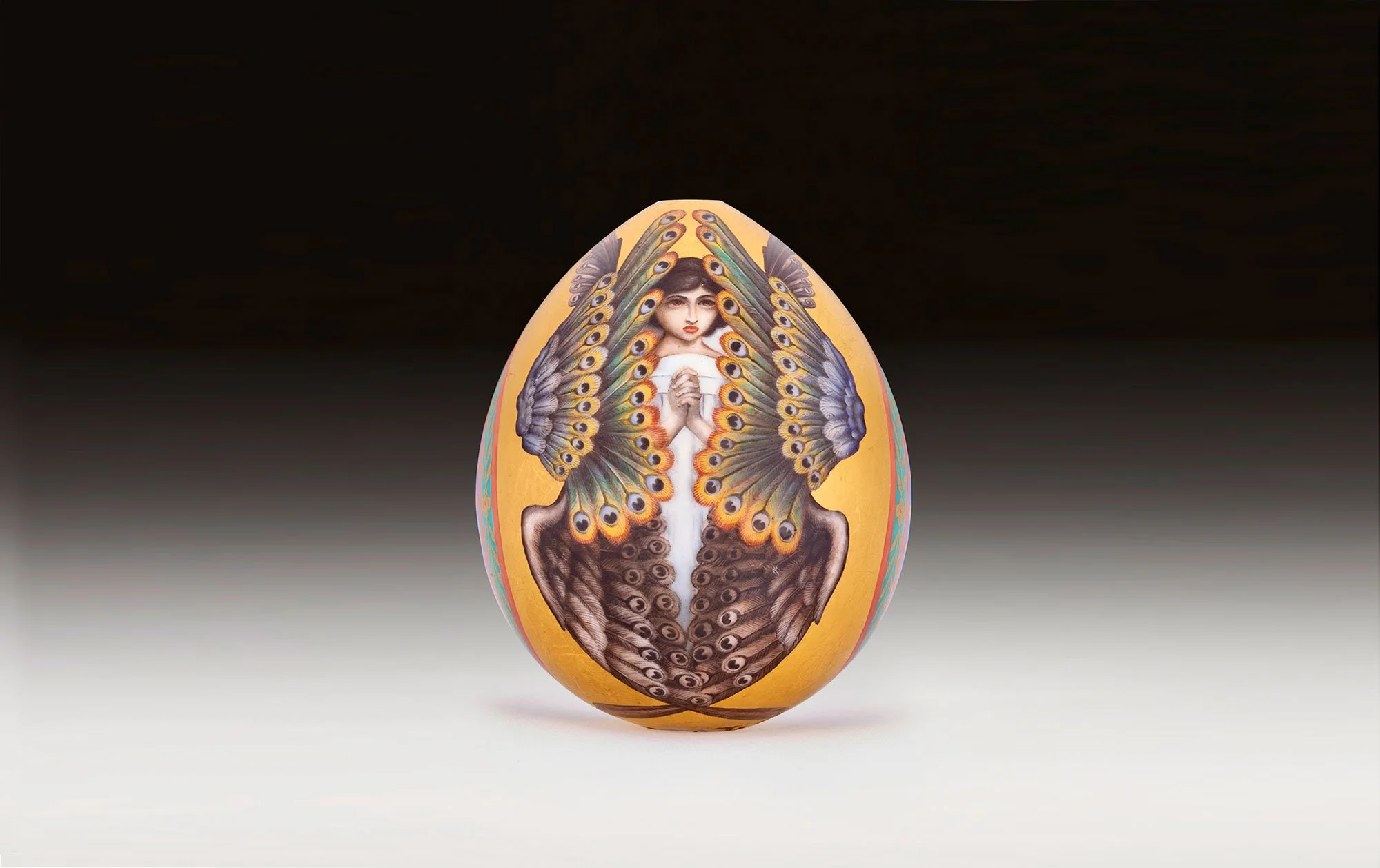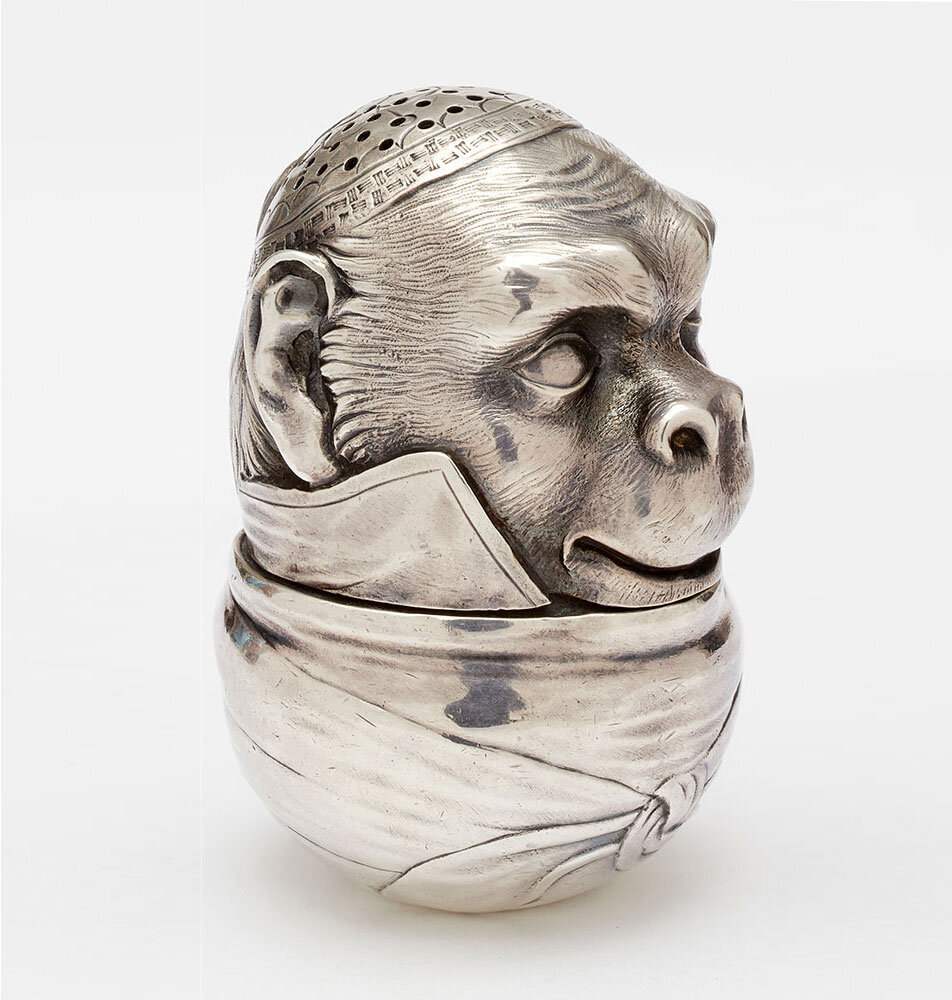
The Beilin-Makagon Art Foundation (BEMAF) holds one of the leading collections of works by Fabergé, Feodor Rückert, Russian court jewelers, the Imperial Porcelain Factory, Imperial Stroganov School, and others.
+View Collection Highlights
BEMAF strives to introduce the public to the unknown, the unexpected, and the beautiful. The founders spent many years assembling a collection of objects representing the most gifted artists, skillful artisans, and important historical figures and events. Through educational and cultural projects, the foundation strives to reveal connections between artists of Imperial Russia and its successor states and their counterparts throughout the world. With a focus on the 19th and 20th centuries, the collection documents the new forms and styles which arose in the period and the extraordinary level of craftsmanship achieved during these turbulent times.
In this collection, you will see objects made for American firms such as Tiffany & Co., others influenced by Chinese and Japanese enamels, porcelains, and carvings of the16th-18th centuries, or by the styles brought to Russia by English, French, German, Swiss, Italian, and Danish artists and craftspeople who supplied the Russian Imperial court and connoisseurs of the period. Russian surnames like Ovchinnikov or Sazikov can be found next to Fabergé, Rückert, Colquhoun, Barbé and Bruni. The vast Russian empire was a multiethnic, multilingual and multiconfessional state. Over a dozen now independent nations once fell within its geographical borders, including Ukraine, Moldova, Poland, Belarus, Latvia, Lithuania, Estonia, Finland, Georgia, Armenia, Azerbaijan, Uzbekistan, Turkmenistan, Kyrgyzstan, Kazakhstan, and Tajikistan, and many objects in the collection reveal the cultural exchanges between artistic centers in all of these regions.
The founders have also sought out objects which once belonged to important collectors from around the world demonstrating that the “biography” of an artwork can illuminate an era’s tastes, styles, and patterns of collecting. In addition to members of the extended Imperial family, the foundation holds works once belonging to Queen Mary of England (1867-1953), Queen Marie of Romania (1875-1938), Prince Chakrabongse Bhuvanath (1883-1920) of Thailand, Prince Heinrich of Prussia (1862–1929), Malcolm Forbes (1919-1990), the Nobel family, Armand Hammer (1898-1990), Maximilian Neuscheller (1859-1919/1921), Nancy Leeds (later Princess Anastasia of Greece and Denmark, 1873-1923), and others.
Follow us on Instagram to see other works not included on this website

Fabergé
The name of Imperial court jeweler Fabergé is known around the world. The firm’s many workmasters produced precious objects both for pure visual delight and everyday use. BEMAF’s collection features many objects made for or purchased by members of the Imperial family, European nobles, and other leading figures of the period. No single style dominated the firm’s work. As the objects in the foundation’s collection demonstrate, items could be influenced by the work of 18th-century French goldsmiths, contemporary Russian painters, or Japanese design.
+View highlights from the Fabergé collection

Feodor Rückert
The work of the master silversmith-enameler Feodor Rückert (1851-1918) makes up one of the largest parts of the BEMAF collection. His enamels are distinguished by a more complex and varied stylistic development than any of his Russian competitors. Using an unusually large range of colors, he mined historic and contemporary sources to create a new artistic language. Many of his most precious works are enhanced with enamel plaques painted with scenes copied from contemporary paintings or views of historical monuments. While he collaborated most closely with the firm of Fabergé, he also supplied works to Ovchinnikov, Orest Kurlyukov, the Kiev jeweler Iosif Marshak, and others.
+View highlights from the Rückert collection

Russian and Soviet Porcelain
Easter eggs made at the Imperial Porcelain Factory, many painstakingly painted with miniature adaptations of Old Master paintings and the works of contemporary artists, form the largest part of the foundation’s collection of Russian porcelain. These are supplemented by many examples of the factory’s vases, works by private factories such as the Kornilov Brothers, and examples of early Soviet porcelain.
+View highlights from the collection of Imperial porcelain Easter eggs
+View highlights from the collection of other Russian and Soviet porcelain

Russian Enamels
The collaboration of Russia’s silversmiths and enamelers is appreciated throughout the world and examples can be seen in many sections in the Collection Highlights. While the cloisonné enamels of the late 19th and early 20th centuries are best known, the nation’s artisans worked in techniques ranging from champlevé and plique-à-jour to painted enamel plaques indistinguishable from oil paintings or watercolors.
+View highlights from the collection of Russian enamels

Russian Silver and Gold
In the 19th century, Russian silver was distinguished by detailed figurative works, often made in collaboration with contemporary sculptors. The foundation’s collection of Russian Silver and Gold is focused on exemplary works by Russia’s most celebrated firms, many of whom enjoyed equal renown in Europe and America.
+View highlights from the Russian Silver and Gold collection

Collection Highlights:
Browse the collection highlights galleries and learn more about individual pieces





















